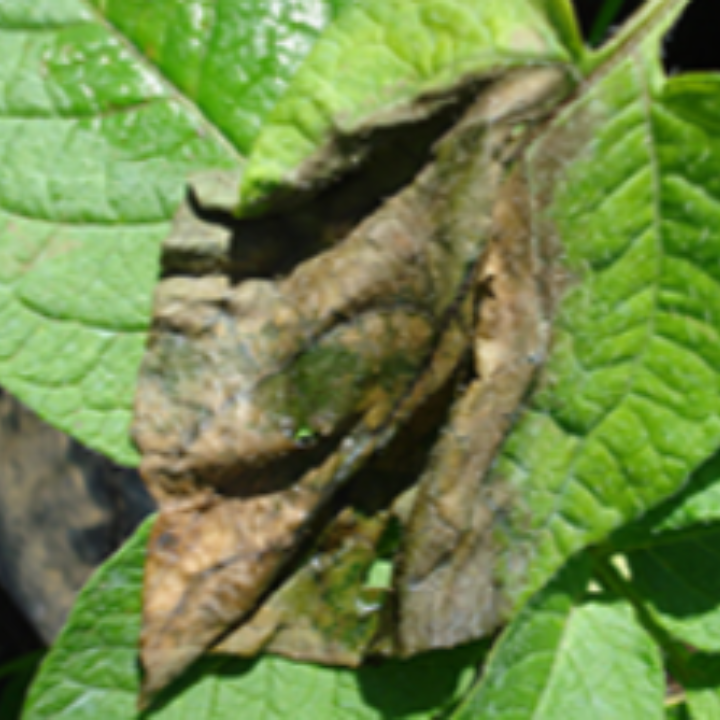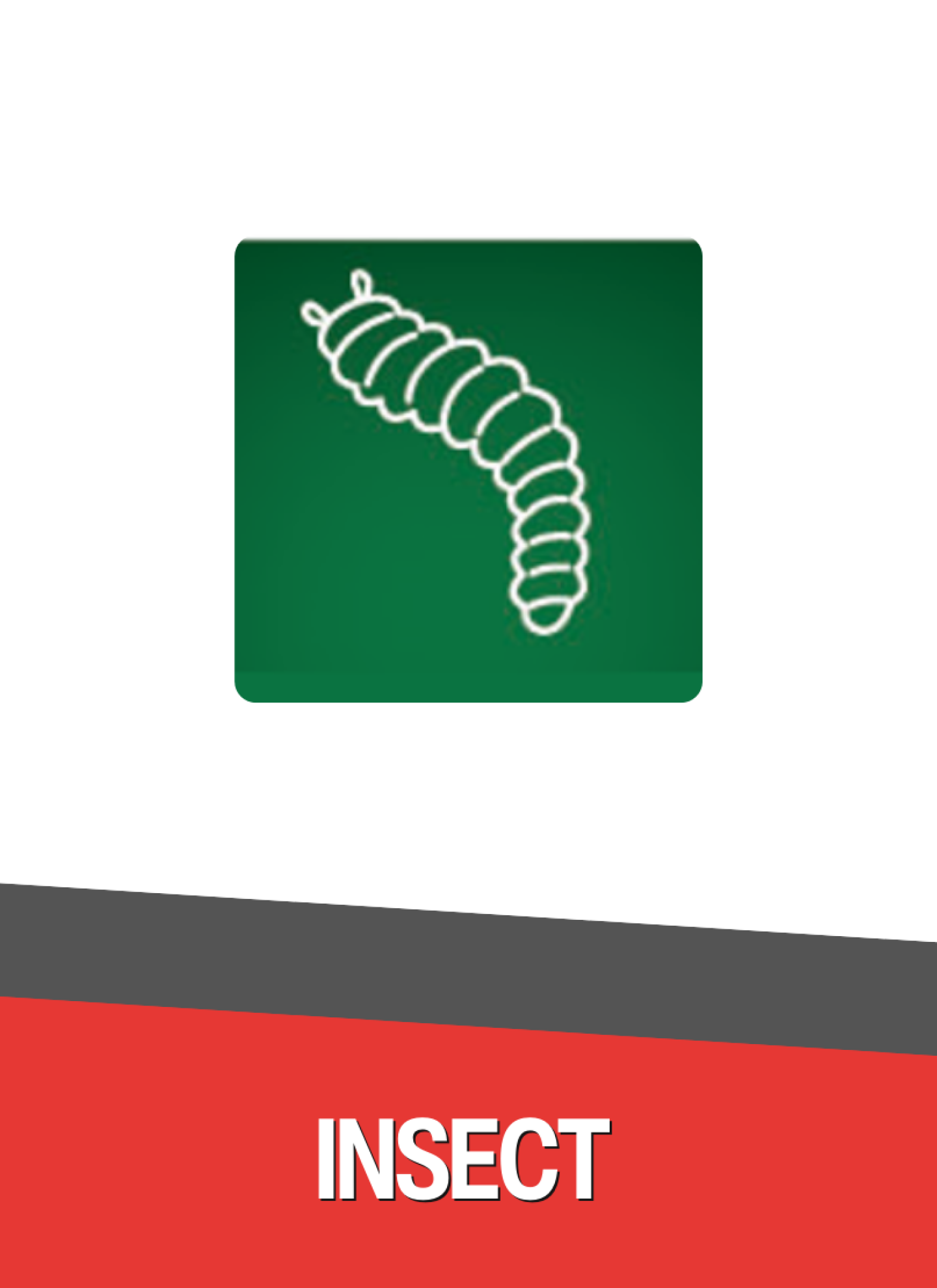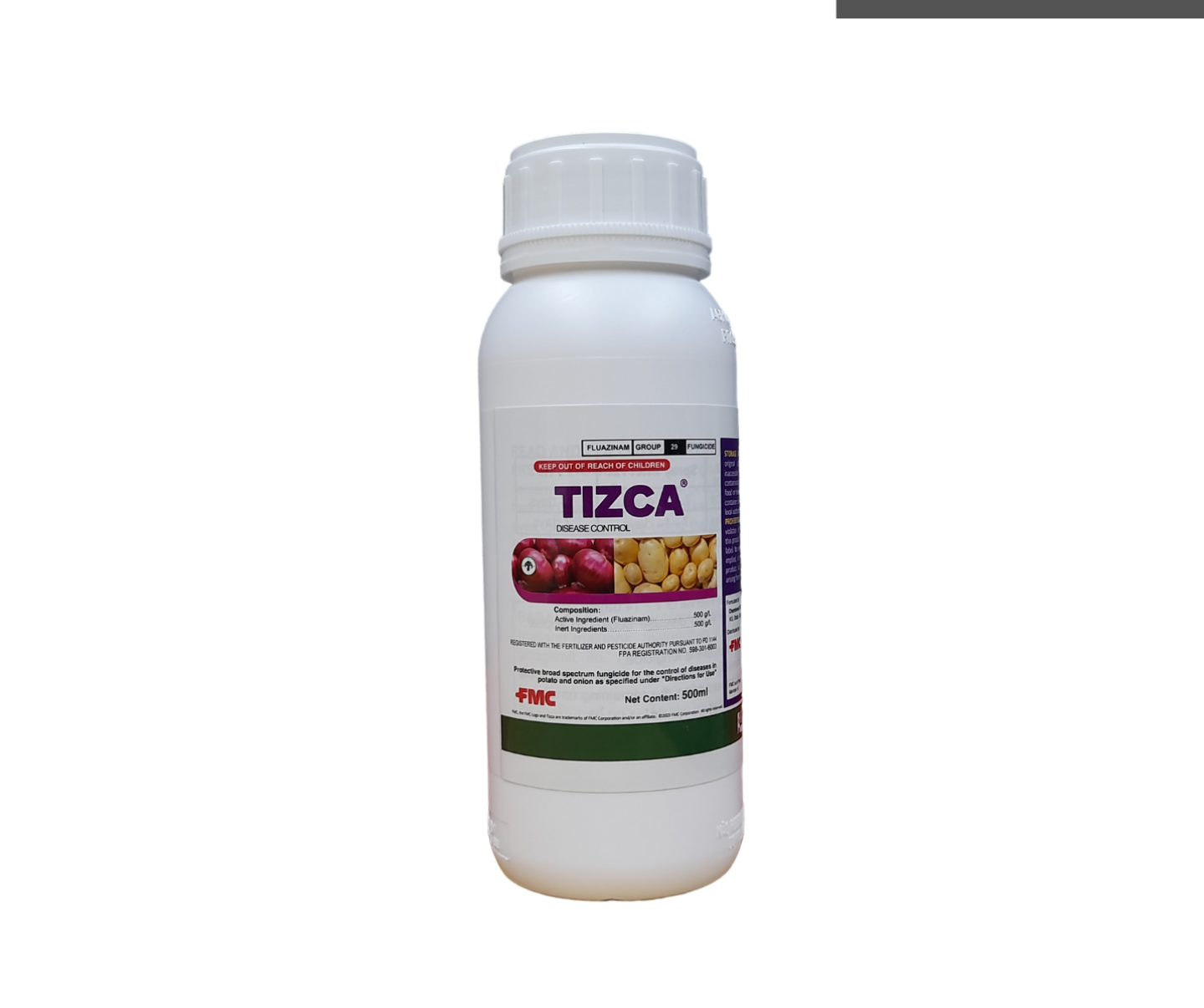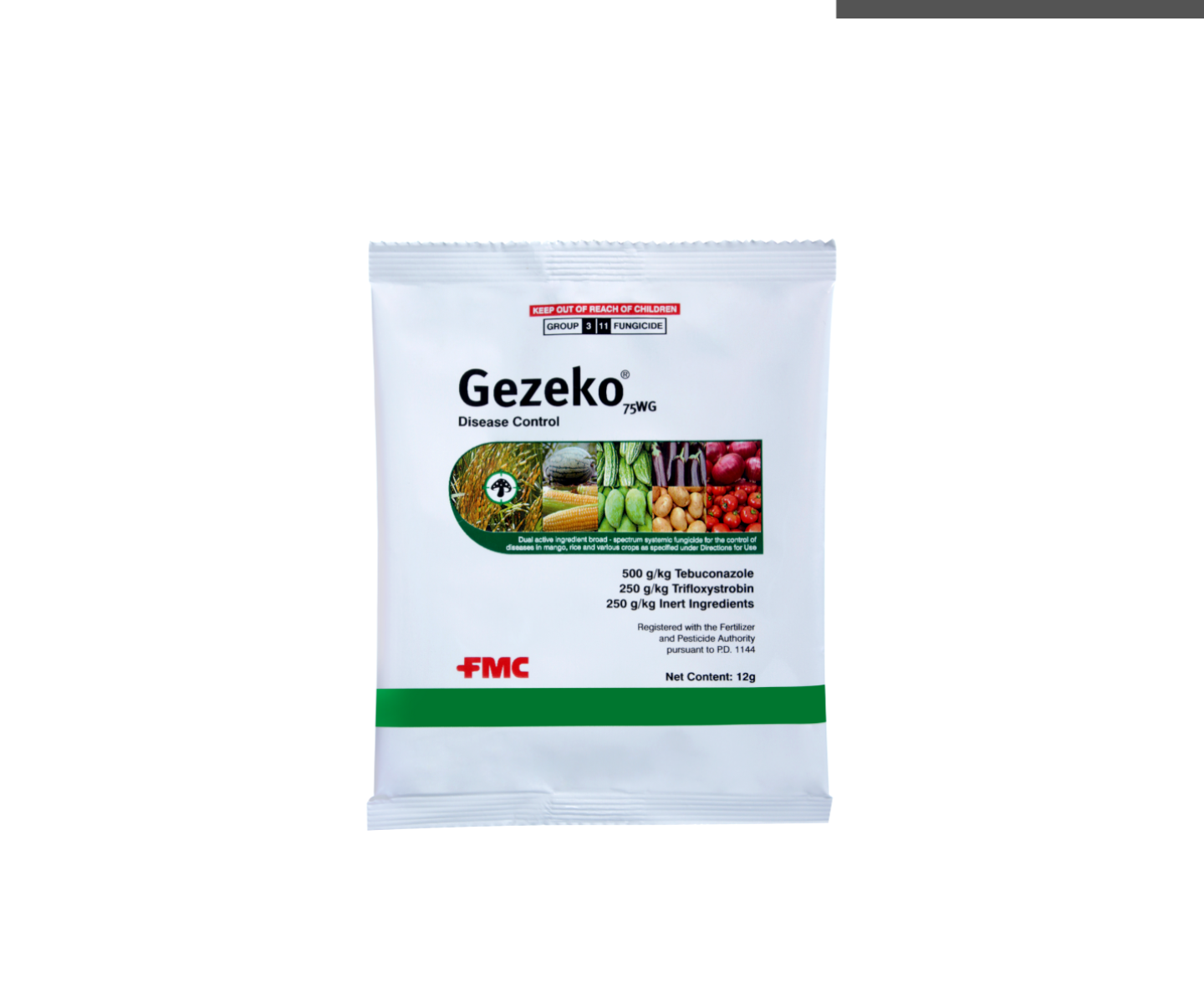Late Blight

Late blight is caused by Phytophtora infestans, a microorganism that prefers a moist and cool environment.
Image Source: https://www.apsnet.org/edcenter/disandpath/oomycete/pdlessons/Pages/LateBlight.aspx
What are the symptoms
The first symptoms of late blight in the field are small, light to dark green, circular to irregular-shaped water-soaked spot
These lesions usually appear first on the lower leaves. Lesions often begin to develop near the leaf tips or edges, where dew is retained the longest.
Impact to the crop
The lesions are not limited by leaf veins, and as new infections occur and existing infections coalesce, entire leaves can become blighted and killed within just a few days.
The lesions also may be present on petioles and stems of the plant.
How to control
√ Destroy all cull and volunteer potatoes. Plant late blight-free seed tubers.
√ Do not mix seed lots because cutting can transmit late blight.
√ Use a seed piece fungicide treatment labeled for control of late blight treatments.
√ Avoid planting problem areas that may remain wet for extended periods or may be difficult to spray
Source: Bauske M. and Robinsons A., 2018. North Dakota State University. " Early Blight in Potato". Retrieved from: https://www.ag.ndsu.edu/publications/crops/early-blight-in-potato#:~:text=Early%20blight%20of%20potato%20is,and%20marketability%20of%20the%20crop.


